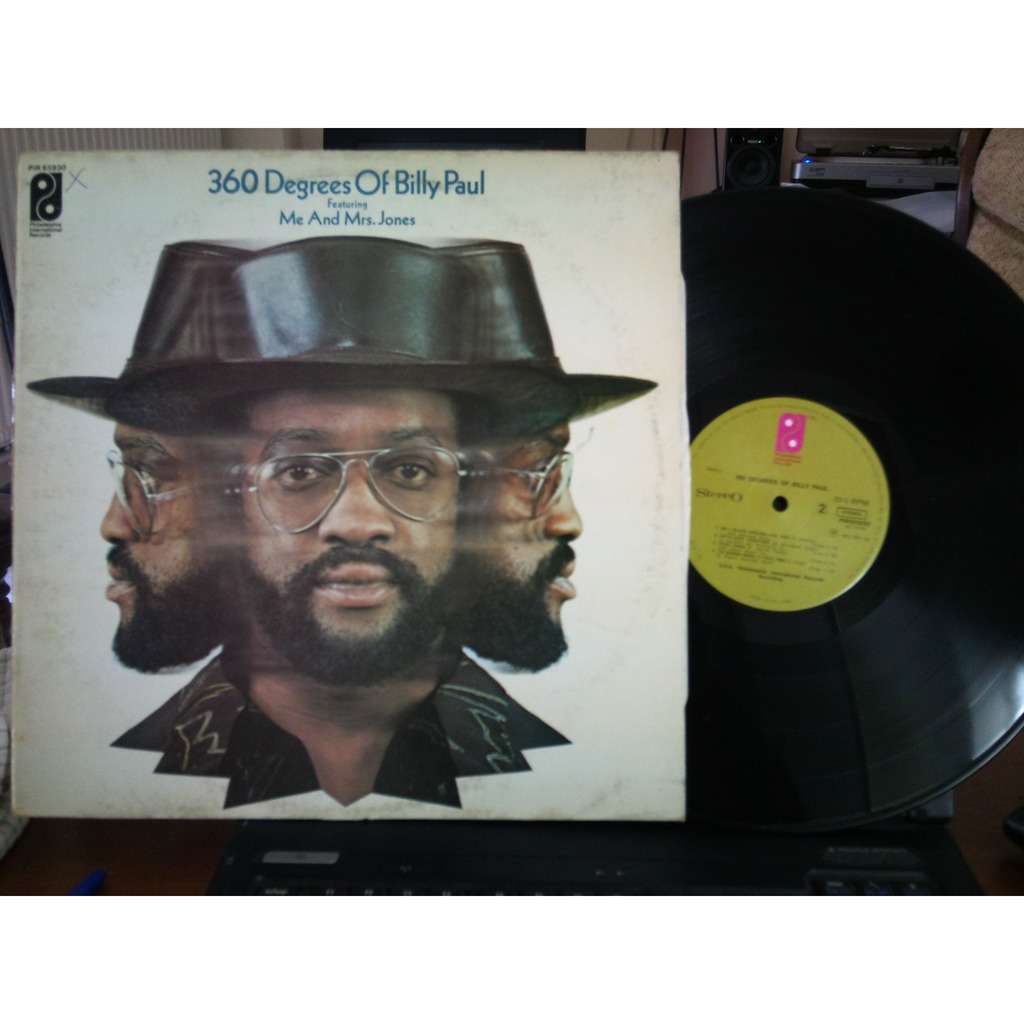
One claims that it derives from poaka the Māori word for ( pig), and keha, one of the Māori words for ( flea), and therefore expresses derogatory implications. There have been several dubious interpretations given to the word Pākehā. He said "ko te pakerewha", meaning "it is the pakerewha", red and white strangers.
#360 degrees of billy paul rarang trial#
In her book The Trial of the Cannibal Dog: The Remarkable Story of Captain Cook's Encounters in the South Seas, historian Anne Salmond wrote that tribal traditions held that Toiroa, a tohunga from Mahia, had predicted the coming of the Europeans.

This is supposed to have led to the belief that the sailors were supernatural beings. In traditional Māori canoes or " waka", paddlers face the direction of travel. When Europeans first arrived they rowed to shore in longboats, facing backwards while rowing the boats to shore.


#360 degrees of billy paul rarang skin#
The etymology of Pākehā is unknown, although the most likely sources are the words pākehakeha or pakepakehā, which refer to mythical human-like creatures, with fair skin and hair, sometimes described as having come from the sea. When completing the "ethnicity" question in the 2006 census, which did not include pākehā as an ethnicity option, eleven percent of respondents wrote in "New Zealander" or some close equivalent (e.g. New Zealanders, primarily but not exclusively of European descent, and some of them not born in the country, reject any ethnicity-based label. The term has more recently begun to be particularly applied to New Zealand-born persons of predominantly European descent as a means of distinguishing themselves from more recent settlers and emphasising their temporal and spatial distinctiveness, but acceptance of this notion still remains far from universal. Some early European settlers who lived among Māori became known as Pākehā Māori. No Māori dictionary cites 'Pākehā' as derogatory. Sometimes it is applied more widely to include all non- Māori. However, The Concise Māori Dictionary (Kāretu, 1990) defines the word as "foreign, foreigner (usually applied to white person)", while the English–Māori, Māori–English Dictionary (Biggs, 1990) defines Pākehā as "white (person)". The word today still mostly applies narrowly to just New Zealanders of European (primarily British and Irish) descent, and this is the interpretation used in official New Zealand documents and forms. Other terms such as ‘tupua’ ("supernatural", "object of fear, strange being"), ‘kehua’ ("ghosts"), and 'maitai' ("metal" or referring to persons "foreign") were used by Māori to refer to some of the earliest visitors. Written in Māori the letter used the word "pākehā" to mean British European, and the words "tau iwi" to mean strangers (non British) as shown in the translation that year of the letter from Māori to English by the missionary William Yate. In 1831, thirteen rangatira from the far north of the country met at Kerikeri to compose a letter to King William IV, seeking protection from the French "the tribe of Marion". Māori in the Bay of Islands and surrounding districts had no doubts about the meaning of the word in the 19th century. Some find it highly offensive, others are indifferent, some find it inaccurate and archaic, while some happily use the term and find the main alternatives such as New Zealand European inappropriate. Opinions of the term vary amongst those it describes. However New Zealand English speakers are increasingly removing the terminal s and treating Pākehā as a collective noun.

When the word was first adopted, the usual plural in English was Pakehas. In the Māori language, plural nouns of Pākehā may include Ngā Pākehā (definite article) and He Pākehā (indefinite article). Its etymology is unclear, but it was in use by the late 18th century. Papa'a has a similar meaning in Cook Islands Māori. The word Pākehā is also sometimes used to refer to any person of predominantly European ancestry, including those that are not New Zealanders. Although both "Māori" and "Pākehā" terms are based on predominant ancestry, from 1916 a race or cultural self-identification tool has been used by the New Zealand government in statistical definitions, which has caused some confusion. They are mostly descended from British and to a lesser extent Irish settlers of the nineteenth and twentieth centuries, although some Pākehā have Dutch, Scandinavian, German, Yugoslav or other ancestry. Pākehā is a Māori language term for New Zealanders who are "of European descent". Unsourced material may be challenged and removed. Please help improve this article by adding citations to reliable sources. This article needs additional citations for verification.


 0 kommentar(er)
0 kommentar(er)
